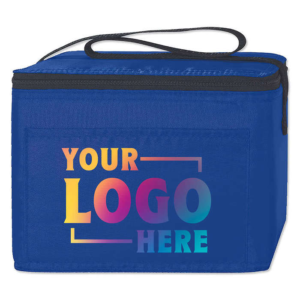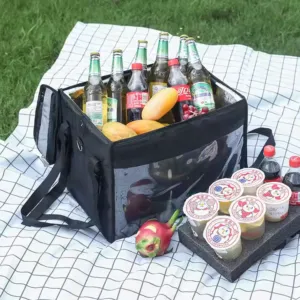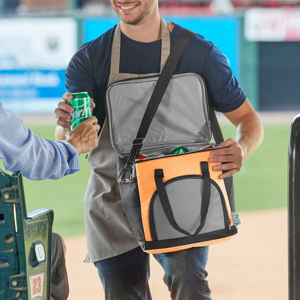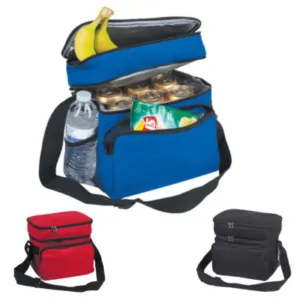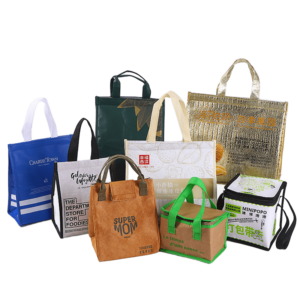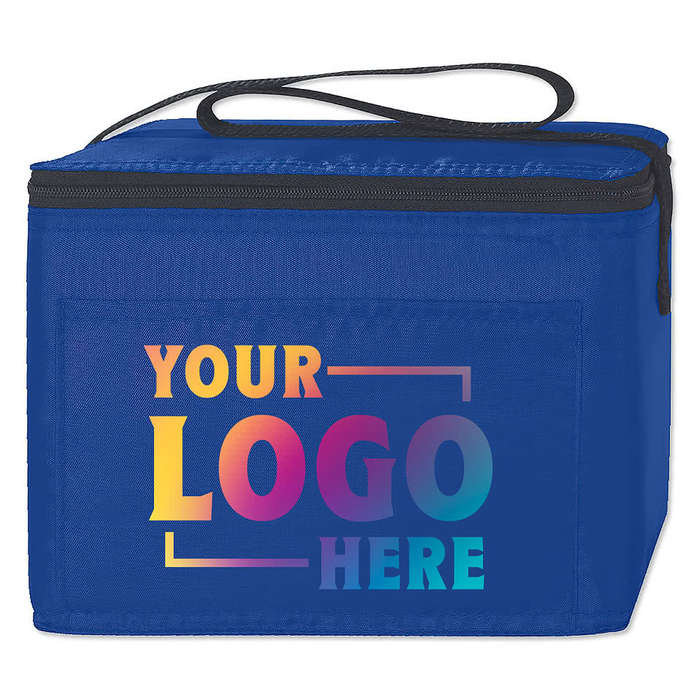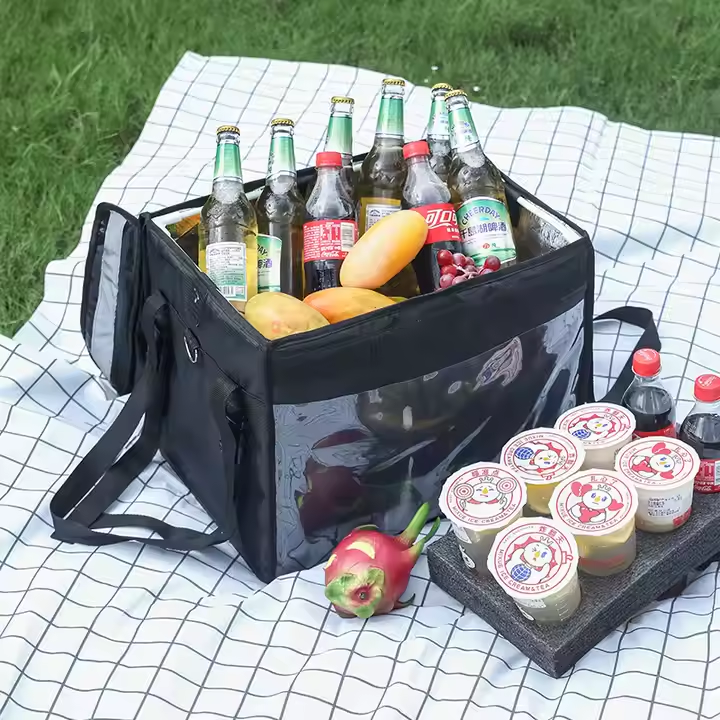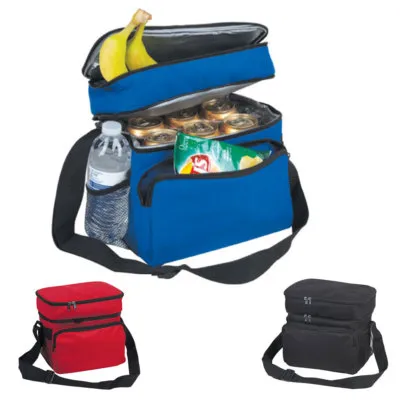Supermarkets around the world are shifting away from traditional paper bags in favor of non-woven alternatives. This change is not just a trend but a strategic decision rooted in functionality, sustainability, and brand image. This article outlines eight key reasons why non-woven bags are becoming the preferred option in the retail sector, especially among supermarket chains.
8 Reasons Supermarkets Choose Non-Woven Bags Over Paper
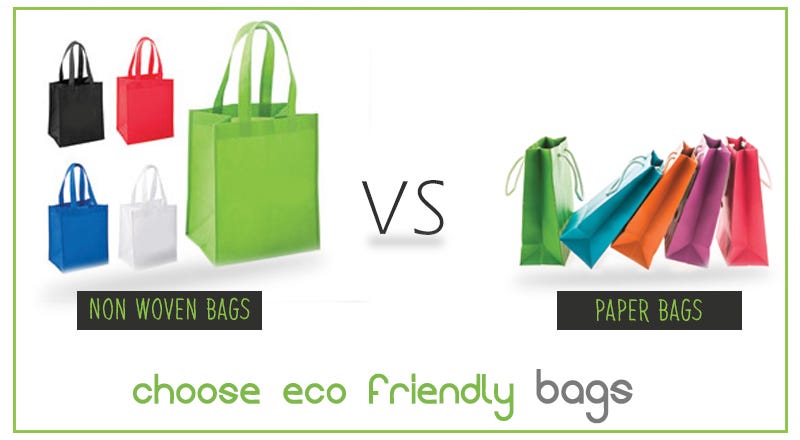
Non-woven bags are more durable, cost-effective, and environmentally friendly than paper bags, making them the preferred choice for supermarkets globally.
Discover why top supermarket brands are moving toward smarter, greener bagging solutions.
Water Resistance

Non-woven bags offer superior water resistance, which keeps products safe and dry—something paper bags fail to do under similar conditions.
Why Water Resistance Matters
Paper bags tend to disintegrate when wet. This limits their usefulness for items like fresh produce, cold drinks, or anything that might cause condensation. Non-woven bags, however, maintain their shape and strength even in damp environments. They prevent leakage and protect products during rainy weather or cold storage transfers.
Performance Comparison
| Feature | Paper Bag | Non-Woven Bag |
|---|---|---|
| Water Resistance | Poor | Excellent |
| Wet Load Bearing | Very Low | High |
| Ideal for Produce | No | Yes |
This feature significantly improves customer satisfaction and reduces the chance of damaged goods during transit.
Superior Durability and Strength

Non-woven bags can carry more weight and withstand more wear and tear compared to paper bags.
Long-Term Performance Advantage
Paper bags tend to tear when overloaded. Their handles also detach more easily. Non-woven bags are stitched or heat-sealed, offering better structural integrity. A single non-woven bag can carry up to 10–15 kg, depending on its construction. Supermarkets benefit by reducing the number of bags needed per customer visit.
Durability Metrics
| Feature | Paper Bag | Non-Woven Bag |
|---|---|---|
| Average Load | 2–5 kg | 10–15 kg |
| Reuse Cycles | 1–2 | 50+ |
| Handle Strength | Weak | Strong |
Stronger bags mean fewer replacements, reducing costs and enhancing the shopping experience.
Reusable and Cost-Effective
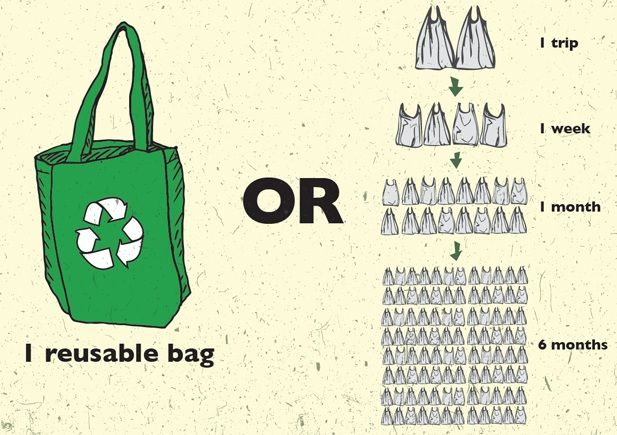
Their extended life span and lower replacement rate make non-woven bags more economical for supermarkets.
Budget-Friendly Sustainability
Paper bags are single-use by design. Even if recyclable, they rarely survive more than one trip. Non-woven bags are designed for reuse. Supermarkets that invest in these bags can distribute fewer bags while also positioning themselves as eco-friendly. Over time, the reduced usage volume offsets the slightly higher initial cost.
Cost Comparison
| Bag Type | Initial Cost | Usage Count | Cost Per Use |
|---|---|---|---|
| Paper Bag | $0.10 | 1 | $0.10 |
| Non-Woven Bag | $0.40 | 40+ | $0.01 |
Lower cost per use supports long-term savings and aligns with green policies.
Customizable for Branding
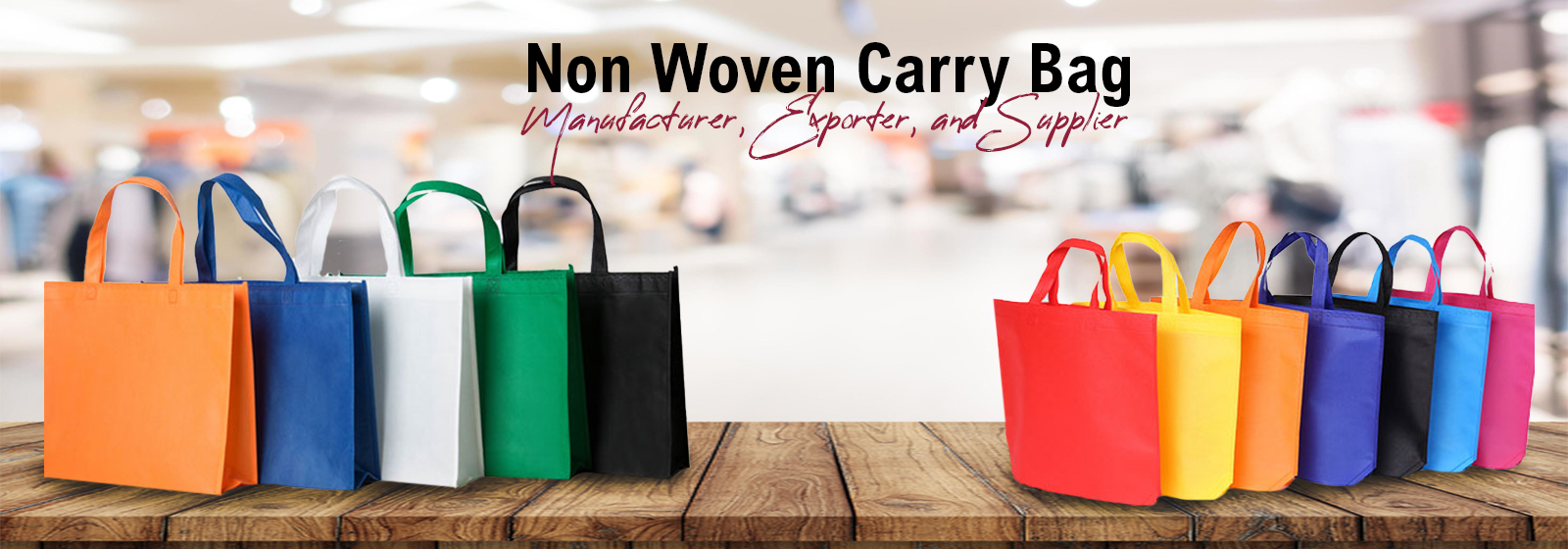
Non-woven bags offer large, printable surfaces that enhance brand visibility far beyond the checkout counter.
Walking Billboards for Supermarkets
Unlike paper bags that degrade or wrinkle easily, non-woven bags retain high-quality prints. This allows supermarkets to showcase logos, messages, or seasonal promotions effectively. Every time a customer reuses the bag, they extend the brand’s reach. Paper bags usually don’t survive long enough to achieve this effect.
Branding Potential
| Feature | Paper Bag | Non-Woven Bag |
|---|---|---|
| Print Longevity | Low | High |
| Visual Appeal | Moderate | Excellent |
| Advertising Value | Short-term | Long-term |
These bags become a part of the customer’s daily life, increasing touchpoints for the brand.
Versatility
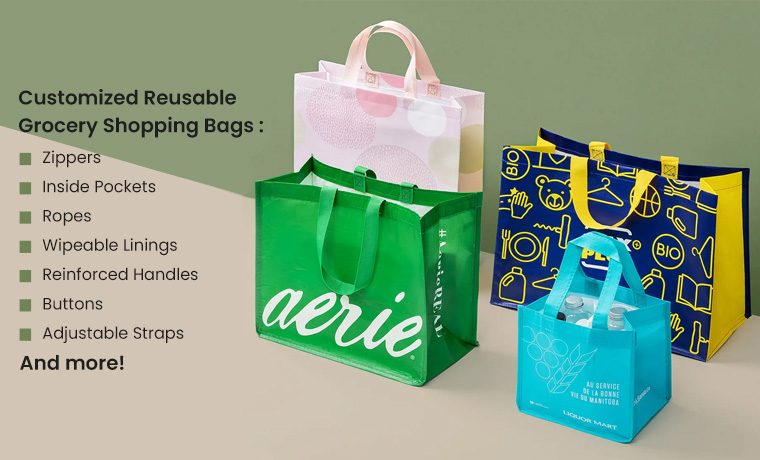
Non-woven bags come in many styles and sizes, serving multiple functions beyond grocery shopping.
A Bag for Every Purpose
Supermarkets often look for flexible products that can fulfill different roles. Non-woven bags can be adapted for promotional giveaways, wine carriers, lunch bags, or event packs. Paper bags are limited to simple rectangular shapes and lack durability for multi-purpose use.
Bag Style Options
| Use Case | Paper Bag Option | Non-Woven Option |
|---|---|---|
| Grocery | Basic | Reinforced Tote |
| Bottle/Wine | Risky | Compartmented |
| Event Giveaway | Short-term | Premium Branded |
This versatility adds value and opens new marketing channels.
Less Environmental Impact in Production
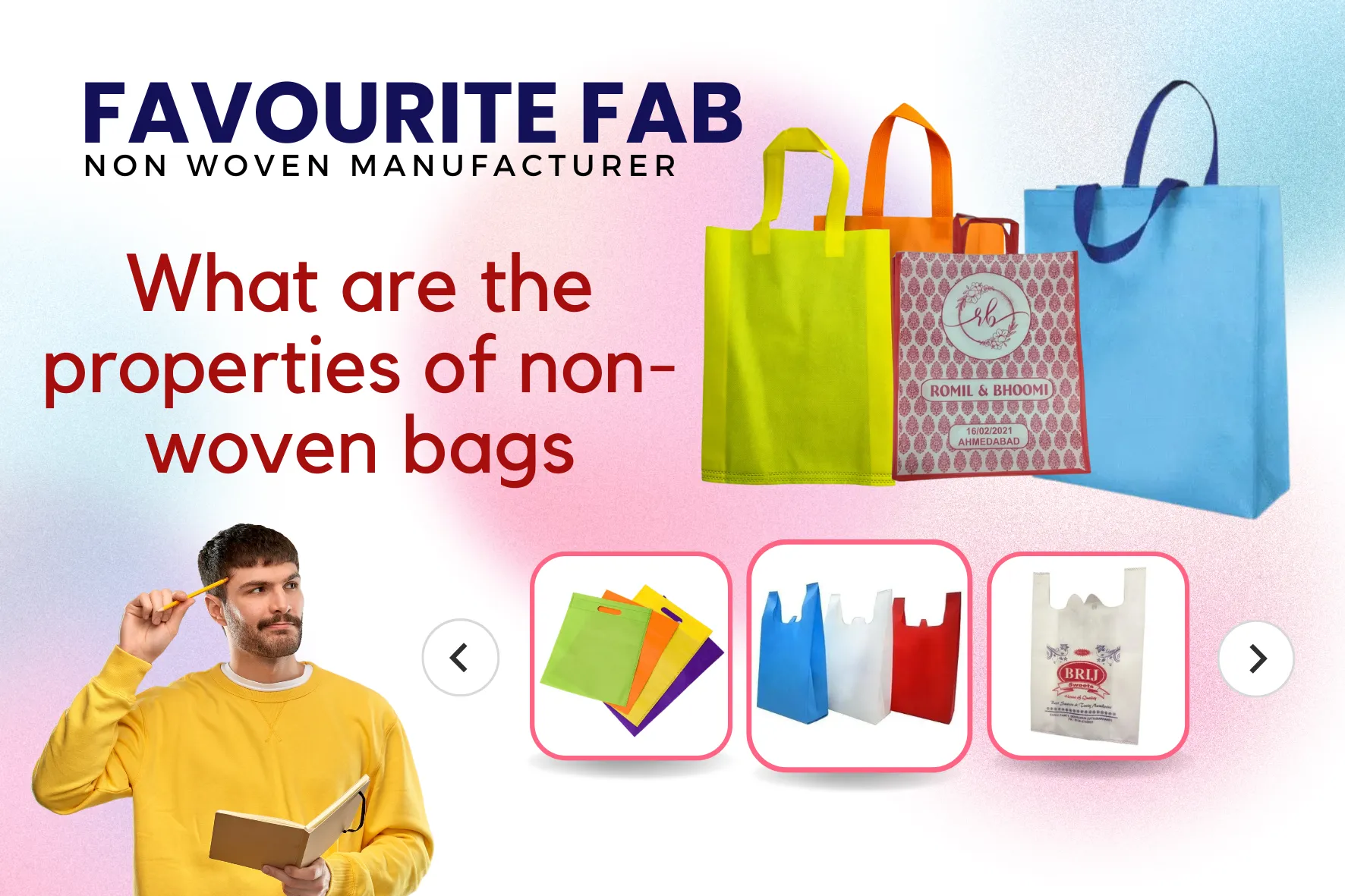
Non-woven bags consume less energy and water during production compared to paper bags.
Resource Efficiency
Producing paper bags requires deforestation, bleaching, and large amounts of water and energy. In contrast, non-woven fabric uses polypropylene, a recyclable plastic that needs fewer resources to convert into bags. While both have environmental costs, non-woven production is more resource-efficient and emits fewer greenhouse gases per unit.
Environmental Footprint
| Metric | Paper Bag | Non-Woven Bag |
|---|---|---|
| Water Use (L/bag) | High | Low |
| Energy Use (kWh/bag) | High | Moderate |
| Recyclability | Yes (Limited) | Yes |
Choosing non-woven supports supermarket sustainability initiatives.
Support for Local Economies
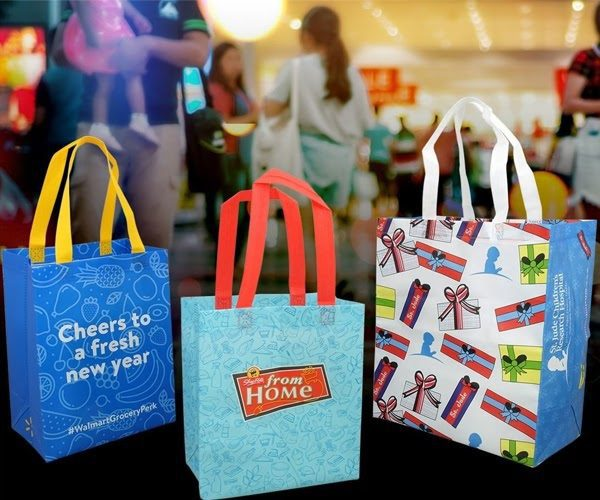
Many non-woven bags are sourced from local manufacturers, strengthening nearby supply chains and jobs.
Economic Impact
Paper bag production is often centralized due to the infrastructure needed for pulping and processing. Non-woven bag manufacturing can be more decentralized, allowing smaller regional factories to participate. Supermarkets benefit from quicker turnaround times and lower transportation costs, while communities gain employment opportunities.
Local Sourcing Benefits
| Factor | Paper Bag | Non-Woven Bag |
|---|---|---|
| Local Production | Less Common | Very Common |
| Lead Time | Longer | Shorter |
| Job Creation | Low | High |
Buying local aligns with corporate social responsibility goals.
Healthier and Safer for Food
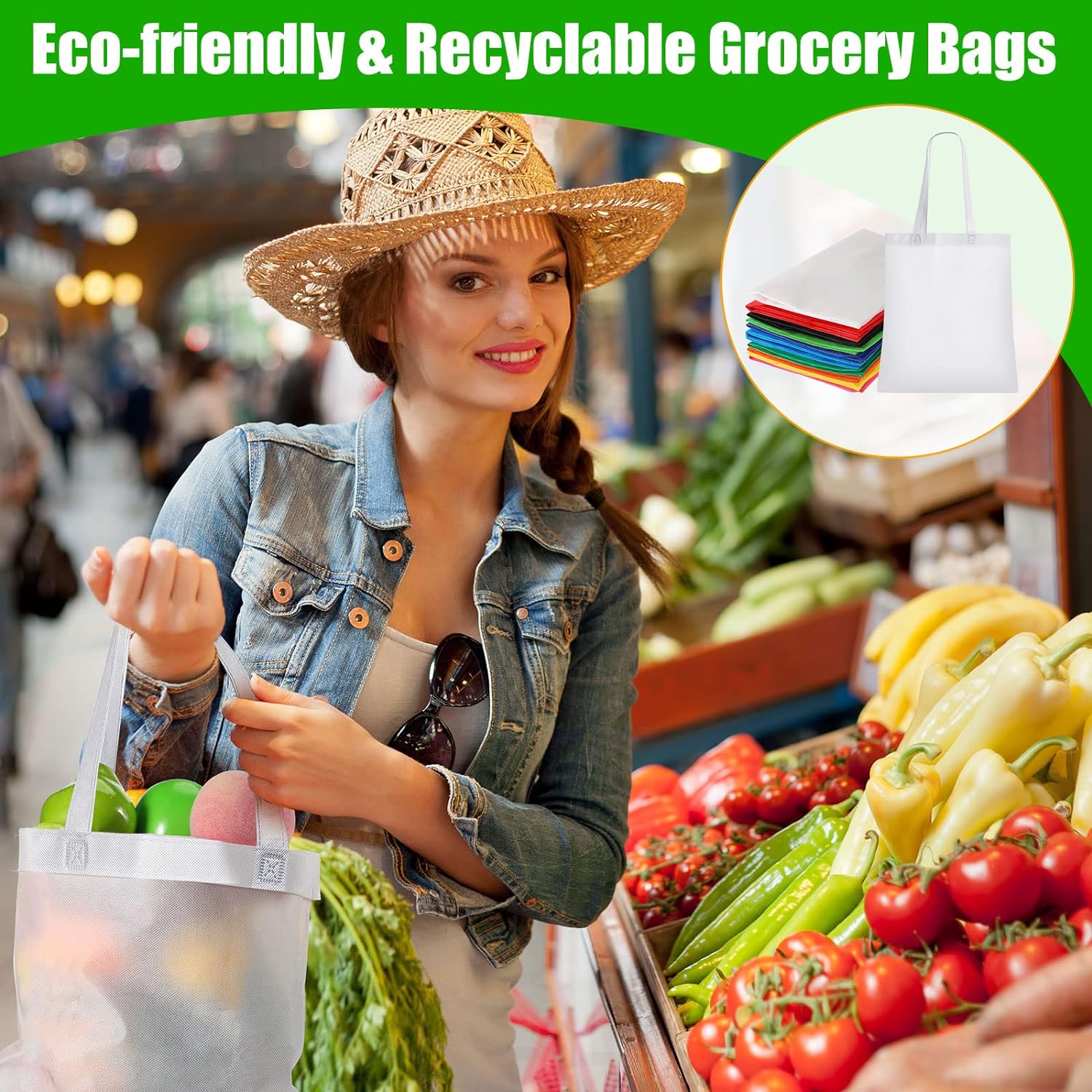
Non-woven bags are free from harmful chemicals often used in paper processing and are safer for food storage.
Safe Storage for Fresh Goods
Paper bags can contain residues from bleaching and glue processes. These chemicals pose risks when storing fresh produce or unpackaged items. Non-woven bags, especially those made for food contact, are produced under clean conditions and often certified safe for carrying groceries.
Food Safety Overview
| Feature | Paper Bag | Non-Woven Bag |
|---|---|---|
| Chemical Residue | Possible | Minimal |
| Food Contact Safe | Sometimes | Certified |
| Mold Resistance | Low | High |
This makes non-woven bags a healthier choice for everyday shopping.
Conclusion
Non-woven bags clearly outperform paper bags in strength, cost, versatility, and environmental impact1. Supermarkets choose them because they solve real-world challenges like moisture exposure, brand promotion, and sustainability. From my personal experience visiting production lines, I’ve seen how these bags are tailored to meet diverse supermarket needs.
If you’re in the business of sourcing or distributing retail bags, non-woven options offer the most balanced solution. Feel free to share your thoughts or ask questions in the comments section.
-
Learn about the environmental benefits of non-woven bags over paper bags, crucial for sustainable retail practices. ↩


